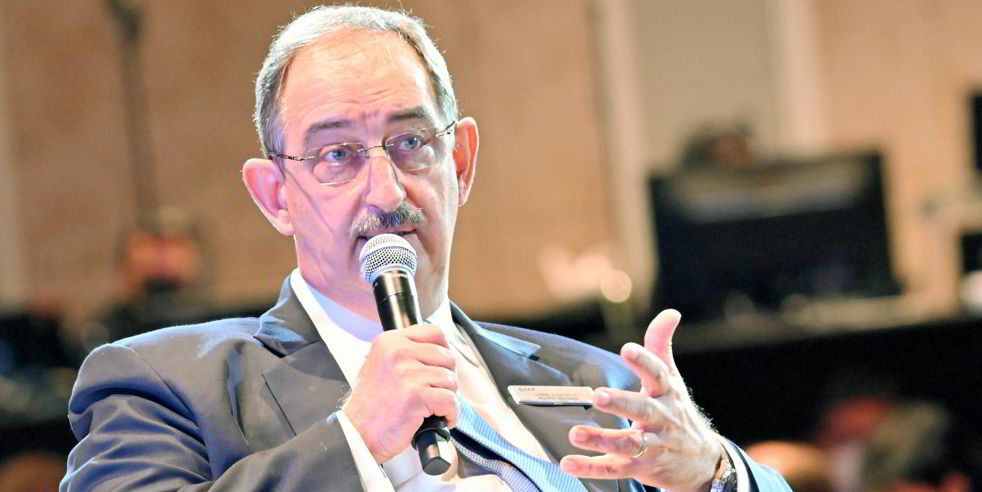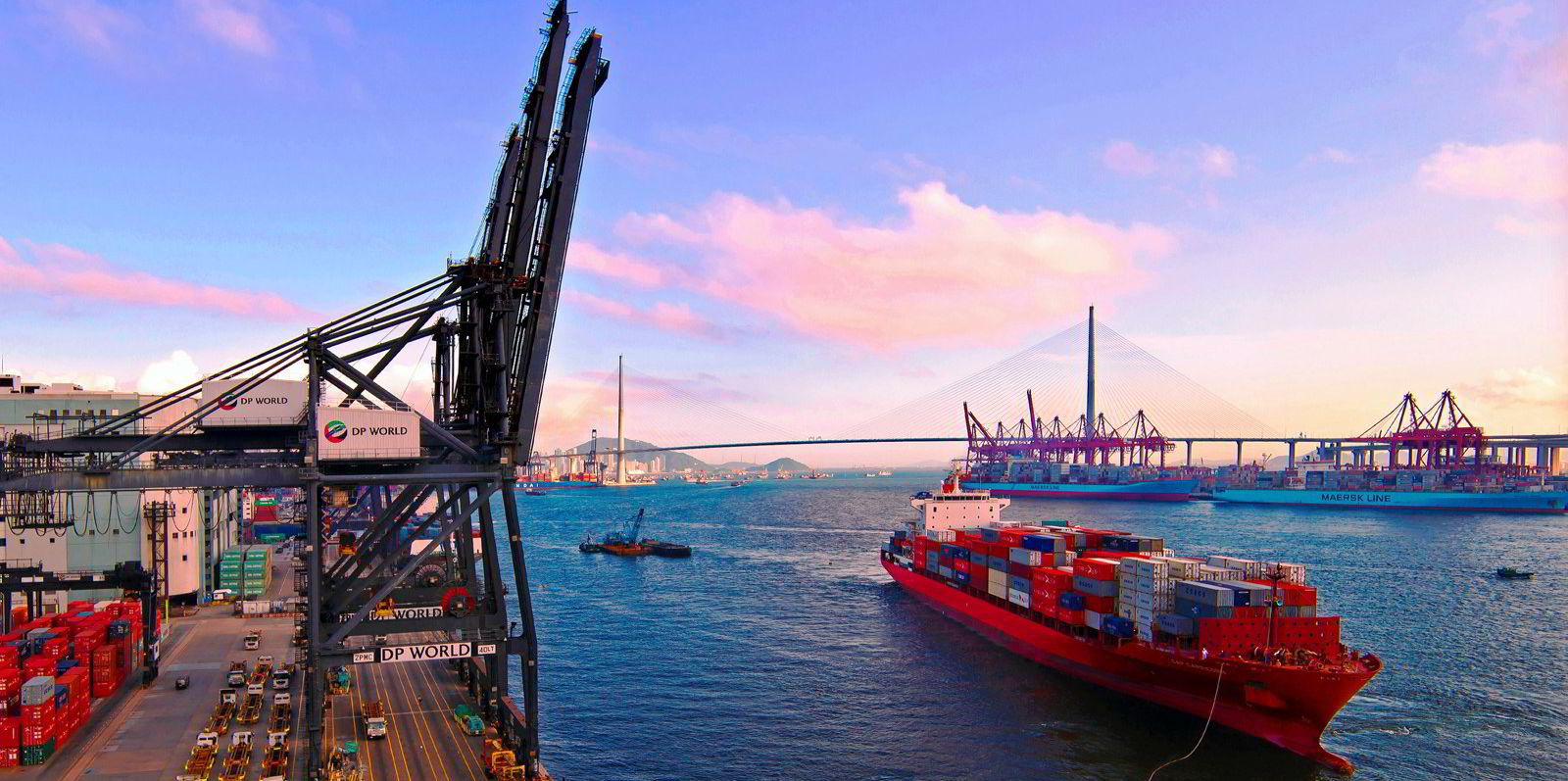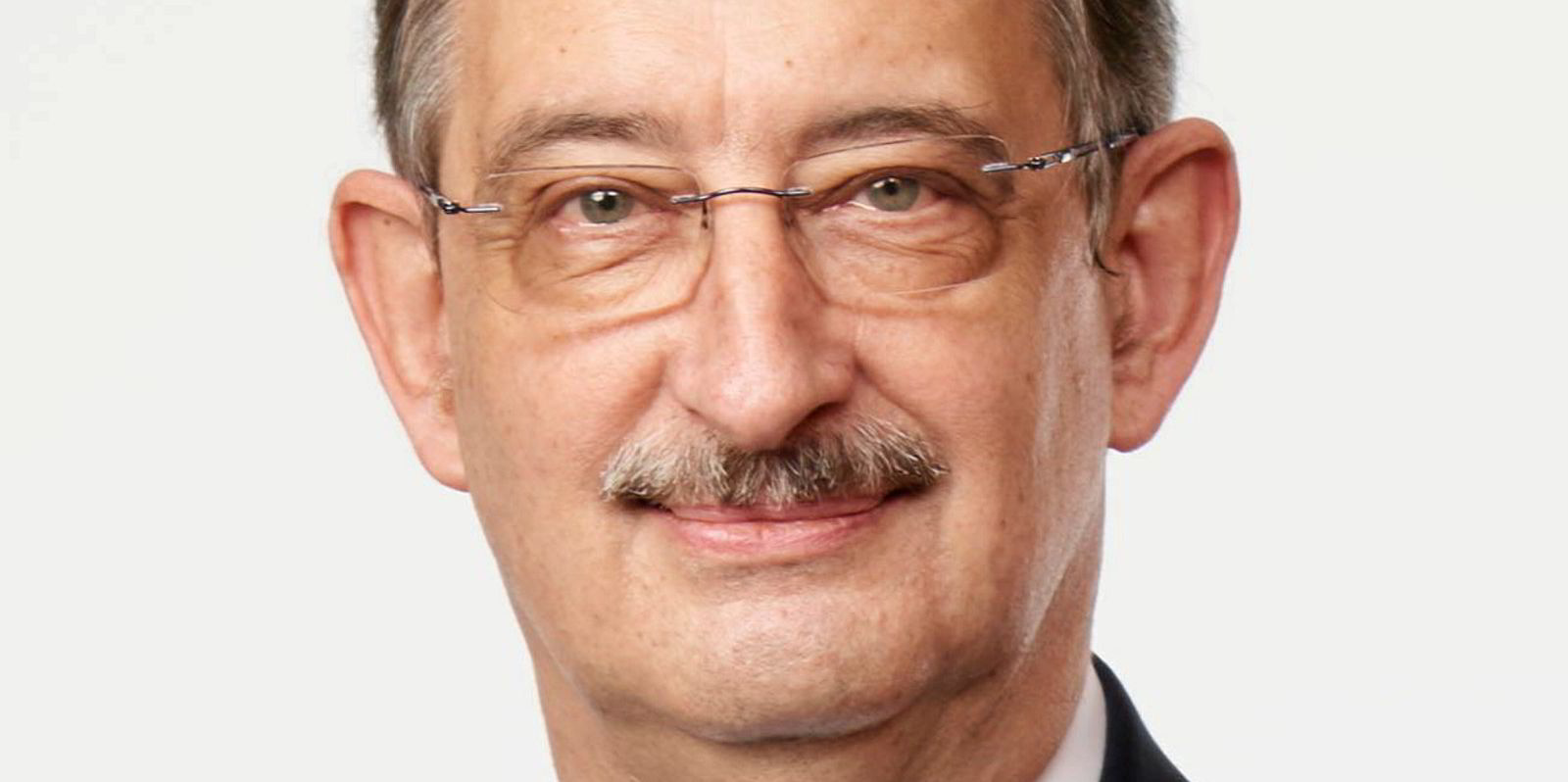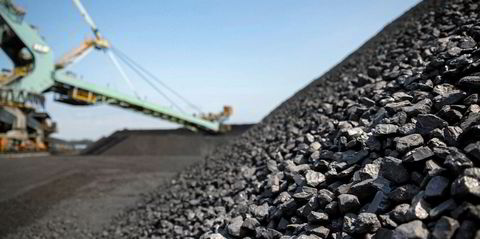Singapore’s Pacific International Lines (PIL) has opened its books to reveal profits of $2.6bn for its 2021 financial year, a huge leap from the $44.7m loss it incurred in 2020.
PIL registered income of more than $5.8bn and a balance sheet with over $1.8bn in equity and $958.5m in retained earnings, compared with equity of $735.2m and an accumulated loss of $24.3m a year earlier.
The now state-controlled container line had been in the red since 2018.
Port congestion and strong pandemic-fuelled demand for e-commerce were said to have contributed to its positive earnings.
PIL also revealed a $1.2bn cash surplus in 2021 compared with a cash flow deficit of $40.4m in the previous year.
In 2020, the then struggling Teo family-owned company was given a financial lifeline in the form of $600m from Heliconia Capital Management, an arm of Singapore state-backed investment company Temasek Holdings.
Heliconia subsequently became PIL’s major shareholder.
But today, PIL is sitting on a sound balance sheet and rebuilding its fleet by ordering newbuildings.
The company is estimated to have spent around $1.12bn on eight new ships this year.
In March, it contracted Jiangnan Shipyard to build four LNG dual-fuel 14,000-teu boxships to be delivered between the second half of 2024 and the first half of 2025.
They will be prepared for ammonia propulsion and were reported to cost more than $160m each.
In July, PIL signed a newbuilding contract with Singapore-listed Yangzijiang Shipbuilding for four 8,000-teu vessels for delivery from 2025.
They will be fitted with a tank that will handle ammonia as fuel when the technology is ready. The contract was reported to be worth $480m.
Renewing assets
Chief executive Lars Kastrup said the newbuildings are part of PIL’s efforts to optimise and renew its assets for greater operational efficiency.
He said the new vessels will complement the existing fleet and enhance the company’s connectivity to better meet the needs of its customers worldwide.
PIL had identified LNG as a commercially viable transition fuel solution, Kastrup said, with the ammonia option giving it a pathway to zero emissions by 2050.
Alphaliner ranks PIL as the 12th-largest liner company in the world, with container ship capacity of 288,700 teu. It controls 90 vessels — 69 owned and 21 chartered.






